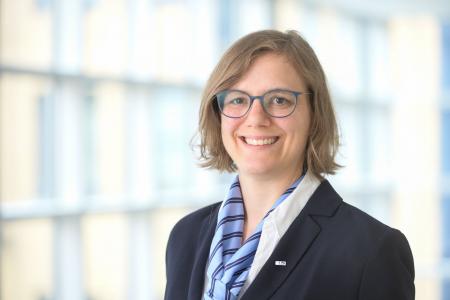With double wire deposition welding, one layer of material can be applied at a deposition rate of more than 20 kg per hour with a low dilution of less than five percent. The physical principles behind this are now being researched by the LZH together with the ISF of the RWTH Aachen University in a DFG project.
The so-called LDNA process (LDNA: laser assisted double wire welding with nontransferred arc) is a novel deposition welding process. The process combines two methods: One arc melts two wire electrodes. A laser beam uniformly preheats the base material and ensures reliable bonding of the deposited layer to the base material. The laser beam also has a positive effect on the melt. The scientists now want to investigate the basics behind the process in the LDNA project.
Higher deposition rates with low dilution
Among other things, they will develop a process model. With the help of this model, they will carry out fundamental investigations in order to achieve higher deposition rates while, at the same time, minimizing the dilution of the base material with the coating material. For this purpose, the ISF scientists will simulate the mechanisms of molten bath influence. Experimental investigations of the sub-processes as well as the overall process will be carried out at the LZH. The scientists intend to use the data collected in this process to validate the simulation model. A special focus will be on the interaction between the melt supply by the arc process, the flows in the melt pool and the absorption of the laser radiation that is moved through a scanner. The researchers then want to transfer the gained knowledge on the absorption of laser radiation on hot material to other processes.
In the project "Determination of a fundamental understanding of the influence of the weld pool in double wire welding with laser radiation (LDNA: laser assisted double wire welding with nontransferred arc)", the LZH is working together with the Institute of Welding and Joining Technology (ISF) at the RWTH Aachen University. The project is funded by the German Research Foundation (DFG).

